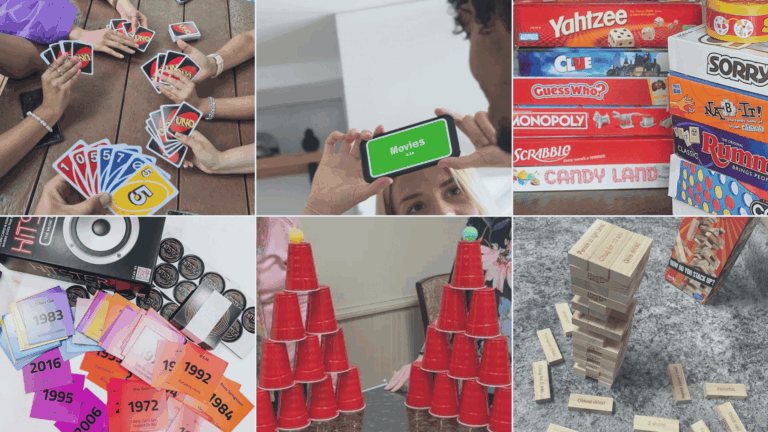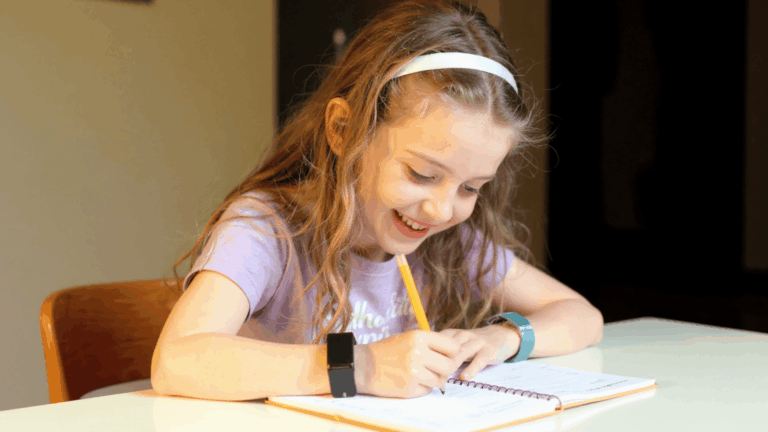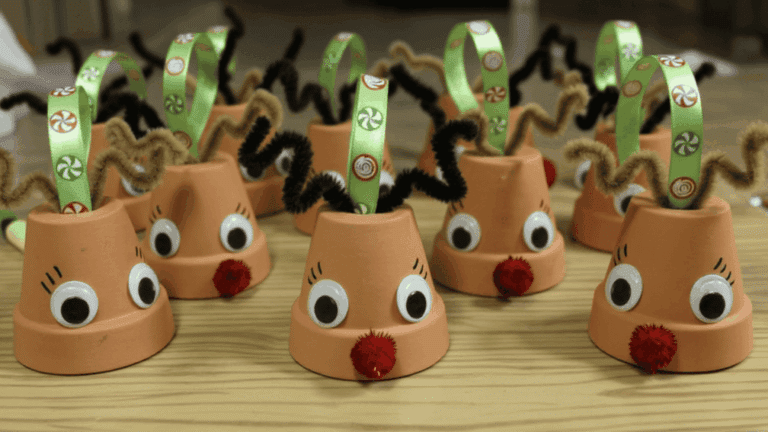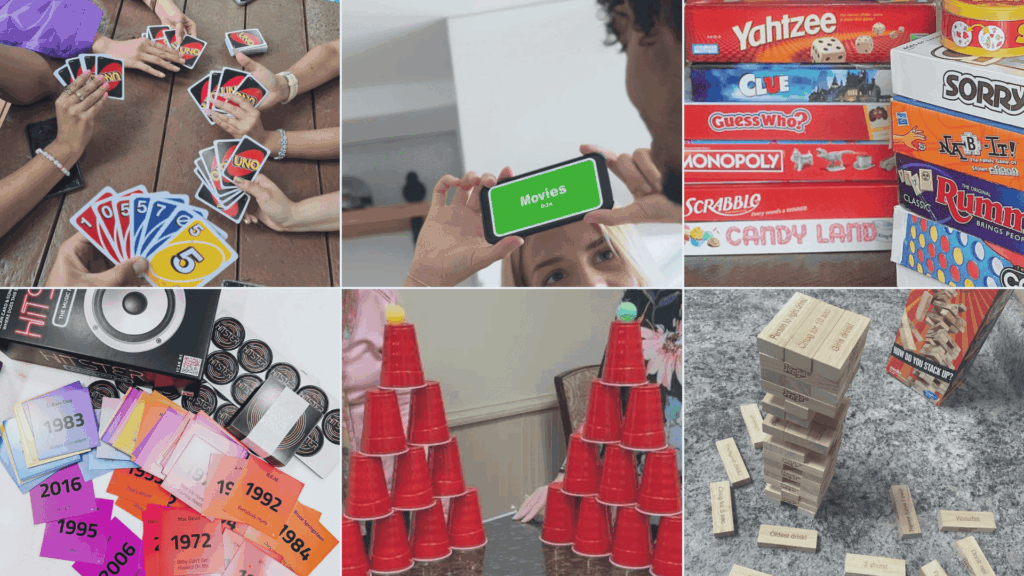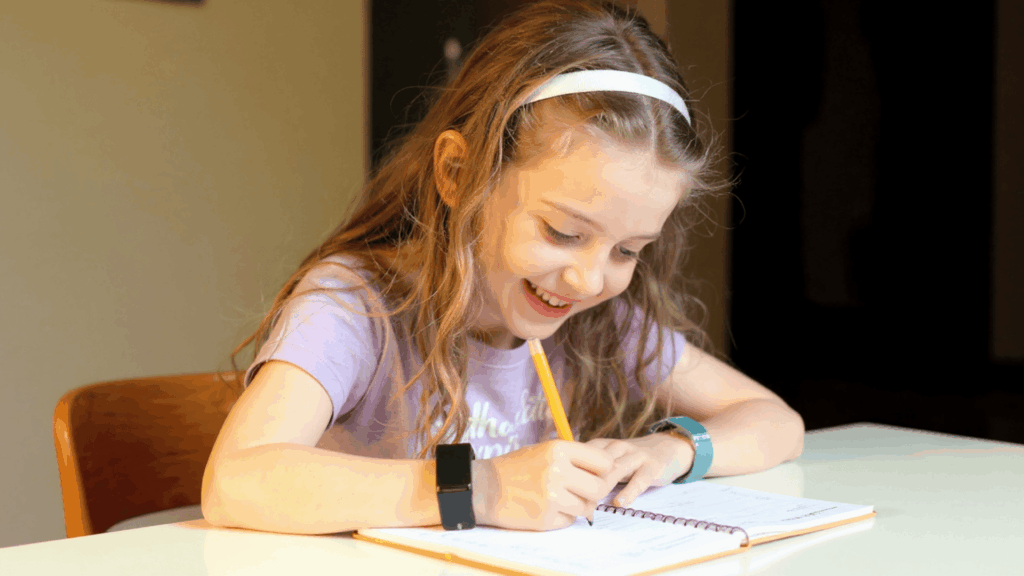A child goes through several development stages while growing up, such as physical development, mental development, physiological development, emotional development, motor development, and various others, which are not firmly mentioned anywhere.
However, all these development stages are equally important to promote the healthy growth of a child. In these stages, you will come across an essential stage, which is the motor development stage.
As you have guessed, Yes! We are going to talk about the motor development aspect in this article. Particularly about fine motor skill development to encourage the wholesome growth of a child at an early age.
But before starting with the topic, we need to get through some primary aspects. It is possible that many of you might be unaware or have the very least knowledge about motor development concepts. Hence, we are offering initial information to help you comprehend this topic thoroughly. So allow us to proceed with the same.
What is Motor Development?
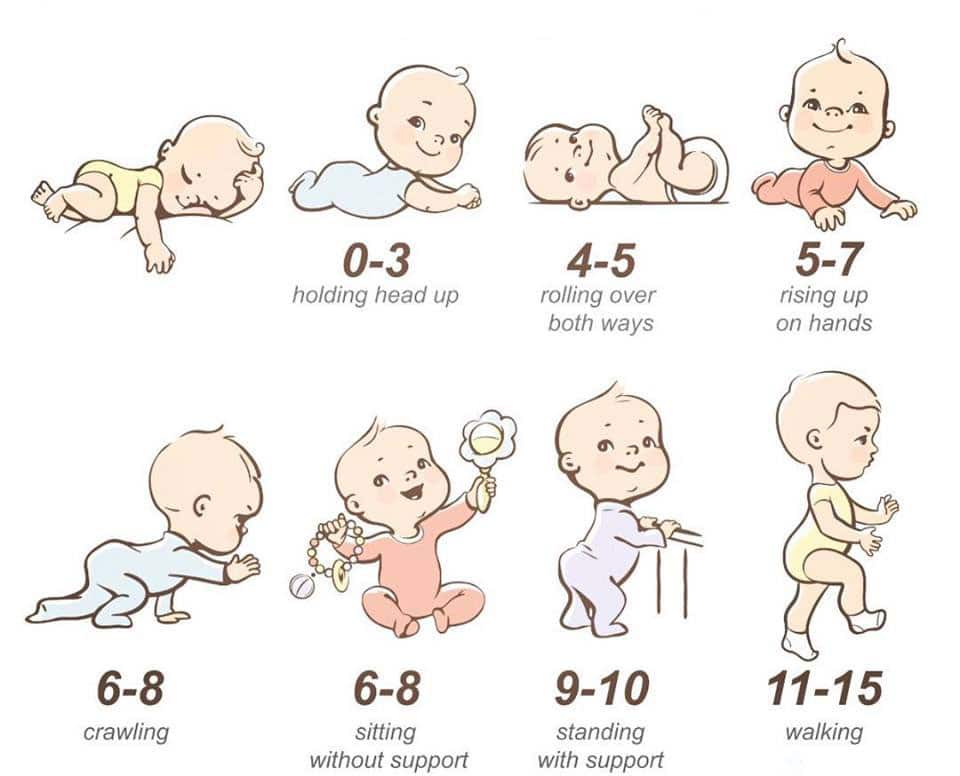
Many of you might know what motor development is, whereas some of you might not. Those who are unaware of the concept, let me tell you that you are practicing motor development activities with your little child at an early age. It might be confusing for you, and you must be thinking about what we are applying in children’s routines that we don’t know. So let’s find out its answer.
Actually, the motor development concept relates to the body parts and their muscles. To explain it simply, walking, running, swimming, holding, writing, and numerous other activities we conduct every day by using large body parts or small body parts. This motion of body muscles is referred to as motor activities.
These motor activities start at a very early age of childhood and primarily contribute to the development of a child’s bones, muscles, or motion progression. To enhance these motor abilities, certain skills are available in this stage, called motor skills. Meanwhile, the motor development stage with its own skill categories and has been divided into two divisions.
Let’s move further and explore these motor skill types in the following pointer.
What are Two Types of Motor Skills?
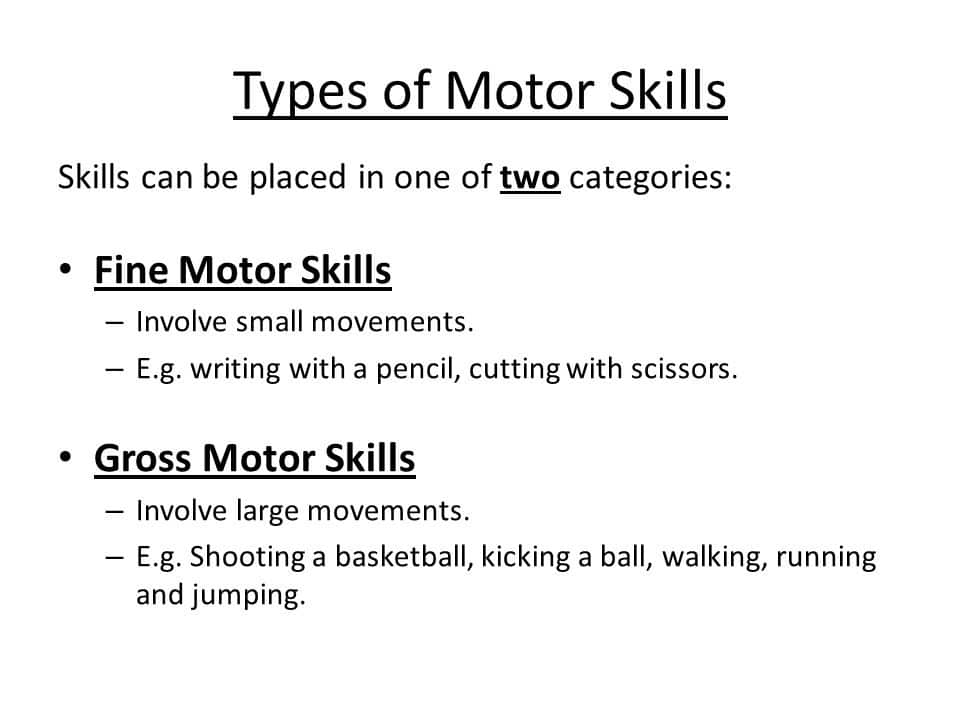
In motor development, there are two types of skills we often have heard about.
1. Gross Motor Skills
Gross motor skills are mainly associated with large activities such as walking, running, jumping, sitting, and many others. To define it simply, the task performed by large body parts and their muscles comes into the gross motor skill category. Arms, legs, hands, etc., body parts movement is considered as gross motor development.
2. Fine Motor Skills
Unlike gross motor skill development, fine motor skills are closely linked with small body parts and muscle movement. For example, writing, holding something using fingers, painting, griping, talking, etc., where small body parts are used, i.e., fingers, lips, wrist tongue, etc.
These motor skills are an essential part of every child’s overall progression. Now, we are going to see the importance of motor skills.
Why is the Motor Skill Development Stage Important?
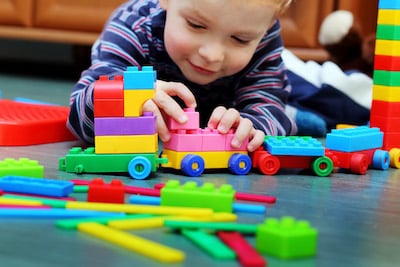
Motor development is a very important part of every child’s growth journey. Whether it is gross motor skills or fine motor skills, it delivers a huge impact on a child’s personality. So, every parent needs to take extra care of the overall motor skill development of their kid at their early childhood stages to upgrade their futures.
However, Gross motor skills start to evolve very early age in a child. In gross motor skills, the likely use of large muscle movements sharpens the entire physical abilities of a child. Whereas if a child’s gross motor skills are not developed as they need to be, the child won’t be able to perform even their daily activities such as walking, standing, seating, etc. Ultimately, it will affect other involved activities too, like outdoor sports, dancing, swimming, exercise, etc.
As far as fine motor skills are concerned, they are linked with smaller muscle movements. And they take some time to progress, then gross motor skills. You might have noticed that small kids learn things like talking, spoon-holding, writing, drawing or buttoning, etc., much later than seating, standing, walking, etc., yet these fine motor skills need to be polished in early childhood years for a child’s concrete growth.
To enhance gross motor skills and fine motor skills, there are various activities introduced by childcare experts. These activities are age-wise classified to make it easy for parents to execute for their children. However, before applying these activities, parents need to take a closer look at certain things, especially regarding fine motor skills. So, our next pointer is to understand the role of fine motor skills in a child’s development.
Role of Fine Motor Skills in Child Growth
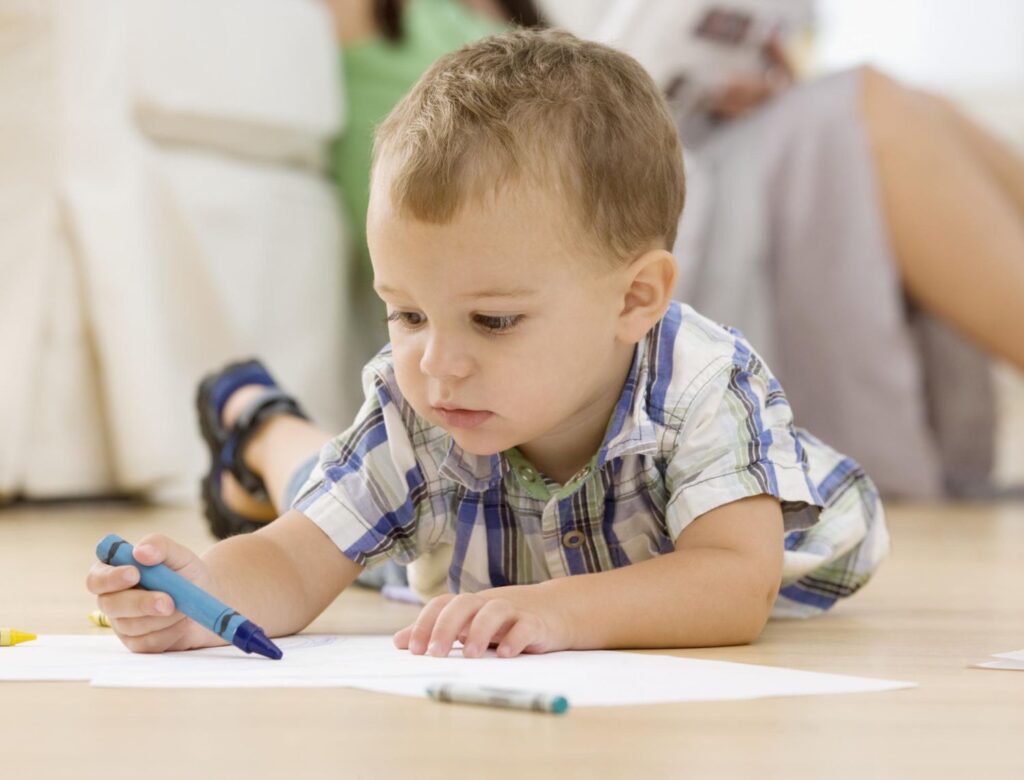
As we discussed earlier part of the article, fine motor skills play a very important role in every child’s progression journey. In fact, their day-to-day activities and academic activities completely rely on fine motor skills. Moreover, like motor development is sectioned into two parts, i.e., gross and fine, some certified practitioners conclude that fine motor skills also can be categorized.
1. Self-Care Activities
The major part of self-care activities depends upon fine motor skills. Following are a few examples to explain the concept.
- Brushing teeth
- Taking a bath
- Holding a spoon, fork, or knife in hand appropriately and eating food without spilling.
- Wearing clothes or dressing by ourselves – buttoning, zipping, etc.
- Combing hair
- Talking
- Grabbing something using fingers.
2. Academic / Educational Activities
After learning self-care, the next step will be to upgrade the academic abilities of the kid. In this scenario, fine motor skills demand the active participation of both parent and child. Such as parents or guardians getting involved with kids to teach them something related to academics. Check out the following examples.
- Holding a pencil
- Writing
- Drawing, painting
- Cutting with the help of scissors
- Making crafts
3. Play Activities
Fine motor skills highly influence indoor games. Certain indoor play activity sets required fine motor skills.
- Complex puzzles
- Building blocks
- Board games
- Crayonce
Apart from these activities, many other activities are there which indeed require fine motor skills. Hence enhancement of fine motor skills is a must in early childhood. Somehow, it could be difficult to figure out or identify if there is any problem with a child’s fine motor skills. So next, we are going to find out how to identify any lack of fine motor skills in a child.
How to Identify Lack of Fine Motor Skills in a Child?
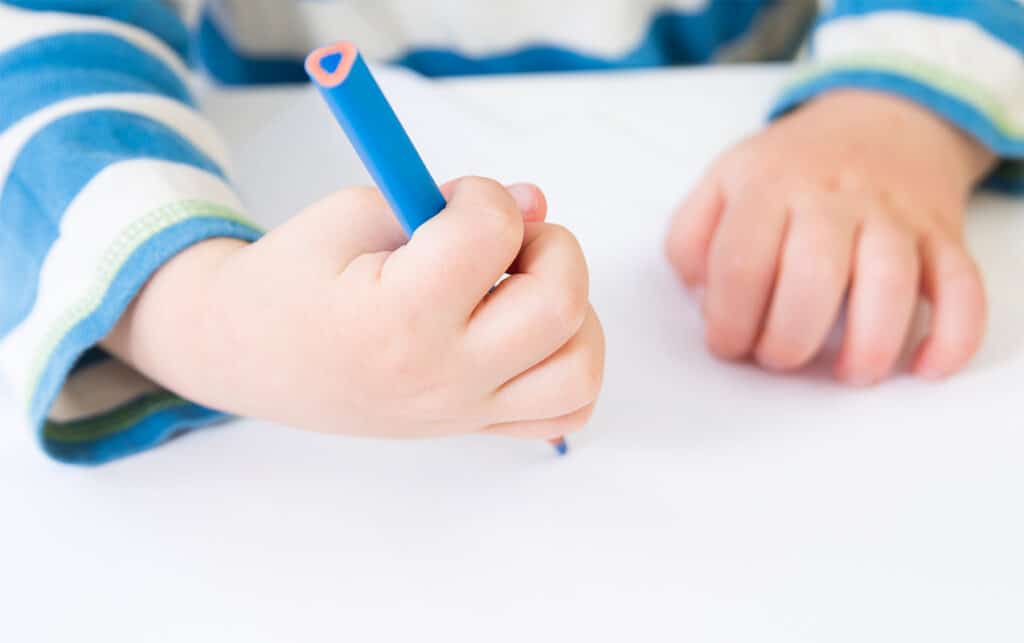
Often, we will see some children are very good with handwriting, whereas some children have very poor handwriting. However, this is just a small example to let you clarify that a child’s handwriting can make you identify their fine motor skill development to a certain level. Some other activities can conclude a lack of fine motor skills.
- If a child is avoiding any stable seating activities and prefers more physical activities.
- Fidgeting of fingers while writing, drawing, painting, or holding something.
- After the age of 4, all of a sudden, their behavior starts to be overbearing or dominating.
- They always resist doing daily activities out of guilt of not performing them very well, i.e., hair combing, dressing up, brushing, eating, etc.
The above aspects can help you figure out a child’s fine motor skill development deficiency. Meanwhile, there are some activities you can start if you acknowledge any deficiency regarding the same. Let’s move further and look at those activities.
How to Enhance Fine Motor Skills in Early Childhood?
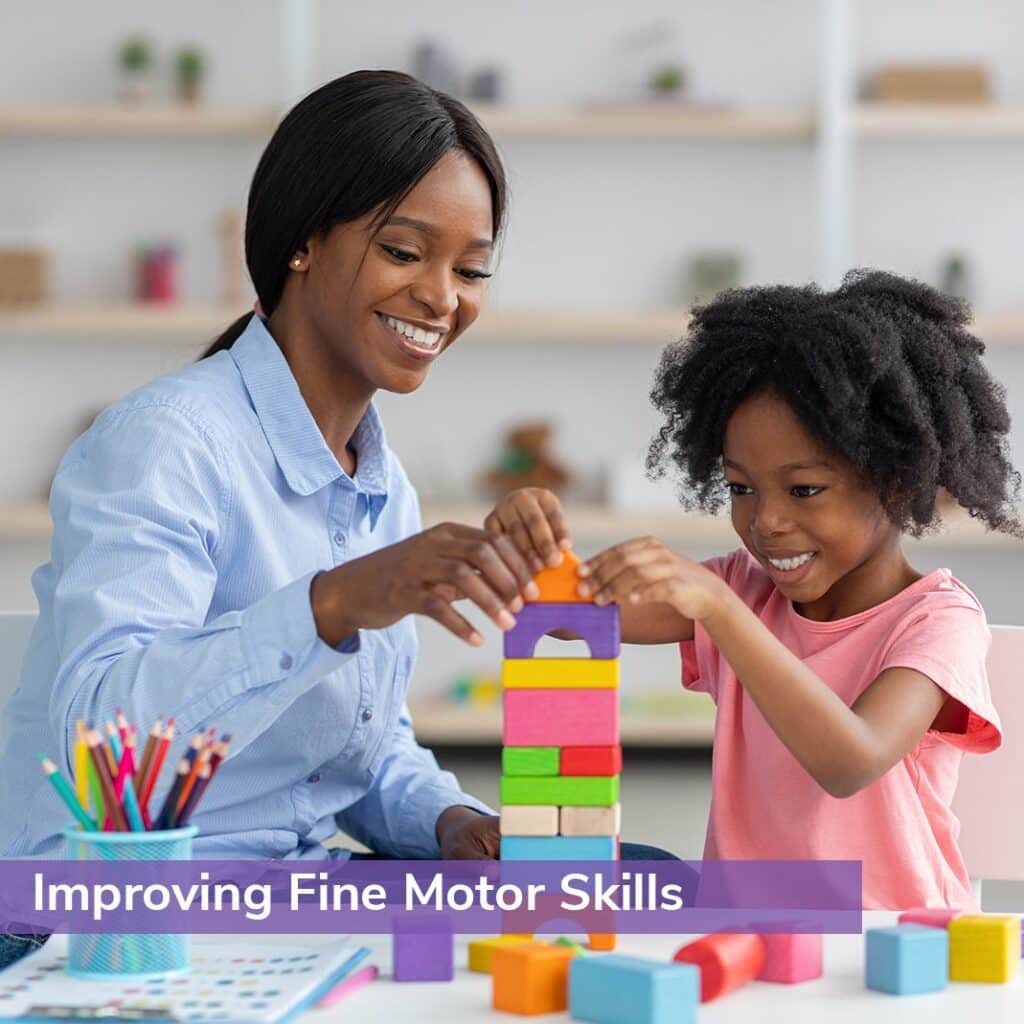
Most of the time, fine motor skills develop naturally in a child, but they are quite tricky or complex when compared with gross motor skills. Experts claim that there are two reasons behind fine motor skill deficiency.
- Hand-Eye Coordination Issues
- Muscle Weakness
However, for both, they recommend different types of fine motor skill activities and exercises.
1. Enhancing Hand-Eye Coordination
Sorting
In the sorting exercise, take a bowl and add three to four types of things like pulses, pasta, etc., and put a jar in front of them and let them sort the same thing in the same jar likewise. Eventually, this exercise will help to improve the hand-eye coordination of a child.
Beads Stringing
In the beads stringing activity, give one thick string and size beads to the child and let them put a bead in the string one by one. This exercise can be conducted at home to improve fine motor skills.
Sticker Removing
Basically, this exercise creates body awareness in children. In this activity, paste different stickers on the child’s body parts like hands, legs, face, etc., and instruct them to pull out by using the name of the body part where they are stuck.
Simple Puzzles
Start this exercise using simple puzzles, which include 4 pieces, 6 pieces, etc., and along with the puzzle, give them the picture to see and construct the same.
2. Improving Muscle Weakness
Play Dough Activity
This activity will let you enjoy your child with the additional benefit of small muscle strengthening. At an early age, give your kid a simple soft clay to play around with, poking sticks, making various shapes, forming any art like animal, bird’s figure, etc.
Therapeutic play doughs are also available, but they are a little stiffer than the usual play dough. However, therapeutic play doughs need to be accessed under elders’ supervision.
Clothespins Activity
With clothespins, you can conduct numerous activities, like giving them various colors of cloth clips and cardboard paper. Instruct them to attach the particular color’s cloth clip on the given cardboard. You can even put some objects and let them grab them using the clothespins.
Open and Shut Activity
For this activity, you can simply start by instructing the kid to open and close their palm using their fingers. You can give them certain objects that can open and close, like clothes with zippers, jars with leads on them, bottles, etc., and let them open and close using their fingers. This activity will indeed be useful in enhancing muscle strength.
Scribbling Activity
Always keep papers, pencils, crayons, etc., and encourage a kid to do scribbling. Somehow, this activity will assist in muscle strengthening by holding pencils or crayons and putting pressure on them while scribbling.
The above activities are great assistance in the fine motor skill development process. But at a certain point in age, kids won’t show much interest in these activities. Especially after the age of 6 years, they won’t have much participation in those activities. So in that time, you can try out some of the following activities.
3. Activities for 6+ Years Kids
Puzzles
You can gradually upgrade puzzle levels, such as adding some complex puzzle sets to improve the hand-eye coordination, memory skills, and problem-solving capacities of a child.
Board games
Like puzzle sets, board games are also an efficient idea to refine fine motor skills in a child. In these games, the parent or guardian’s participation with a child encourages them to do better and helps them in cognitive development too.
Cooking or baking
Under supervision, cooking or baking activities can also be an excellent exercise to improve fine motor skills in a child. But make sure to conduct these activities very safely.
Coding
Nowadays, kids are more into technological aspects. If your child is interested in technology, you can introduce them to coding activities. There are multiple coding institutes available for kids to learn coding.
Apart from the mentioned activities in the article, you can also go with different constructing toys to develop fine motor skills in a child.
Toys for Fine Motor Skill Development
Even though the above activities will work well to improve fine motor skills in a child still, to achieve it faster and more interestingly, you can take the help of some toys for a child’s overall development. Here, we have shared a list of some toys to encourage fine motor skills.
1. Straw Constructor Toys
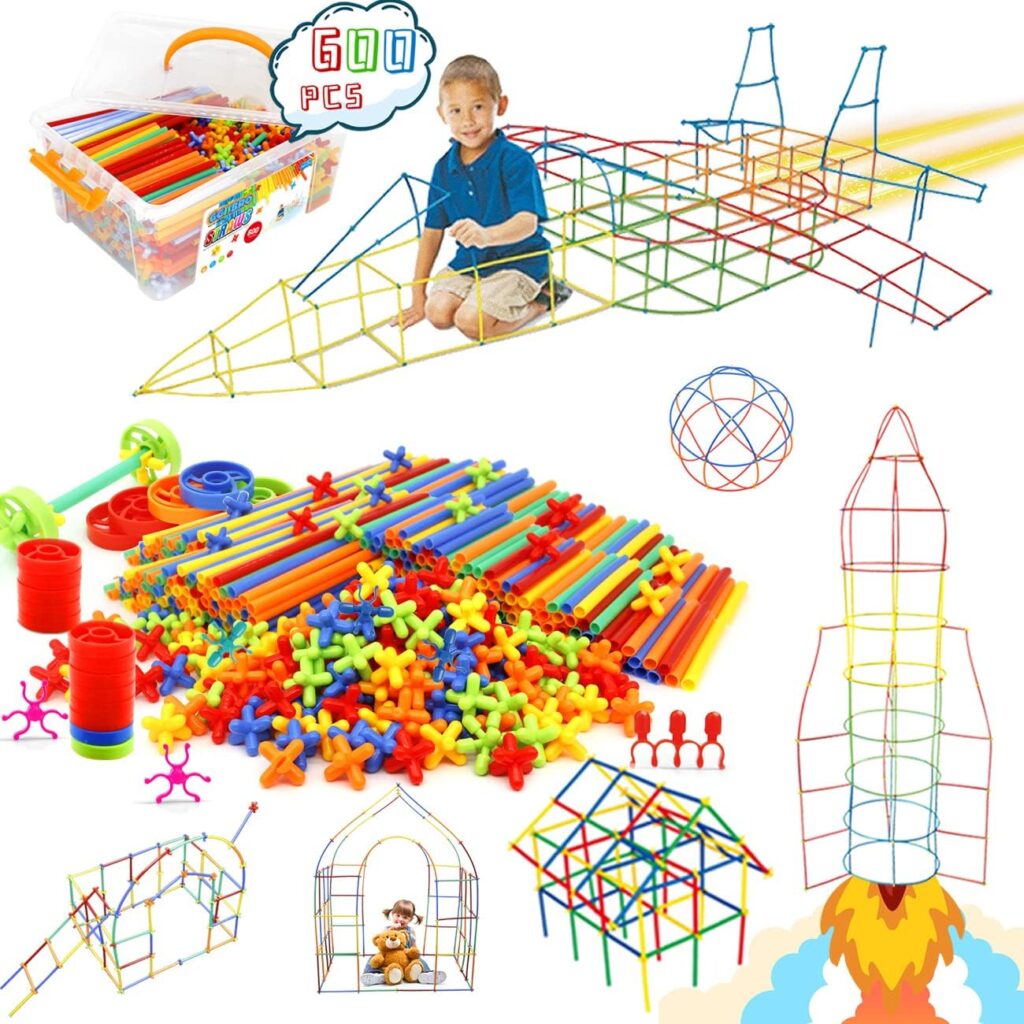
- Brand – Ggiibro
- Recommended For Age – 3 yrs to 6 yrs
- The Kit Includes – 600 pieces
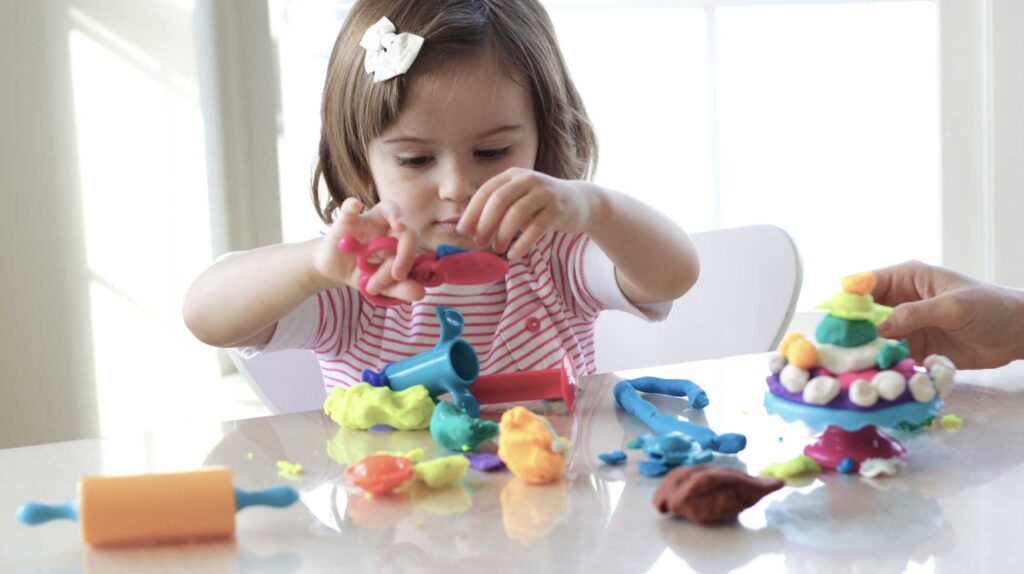 li>
li>
2. Game
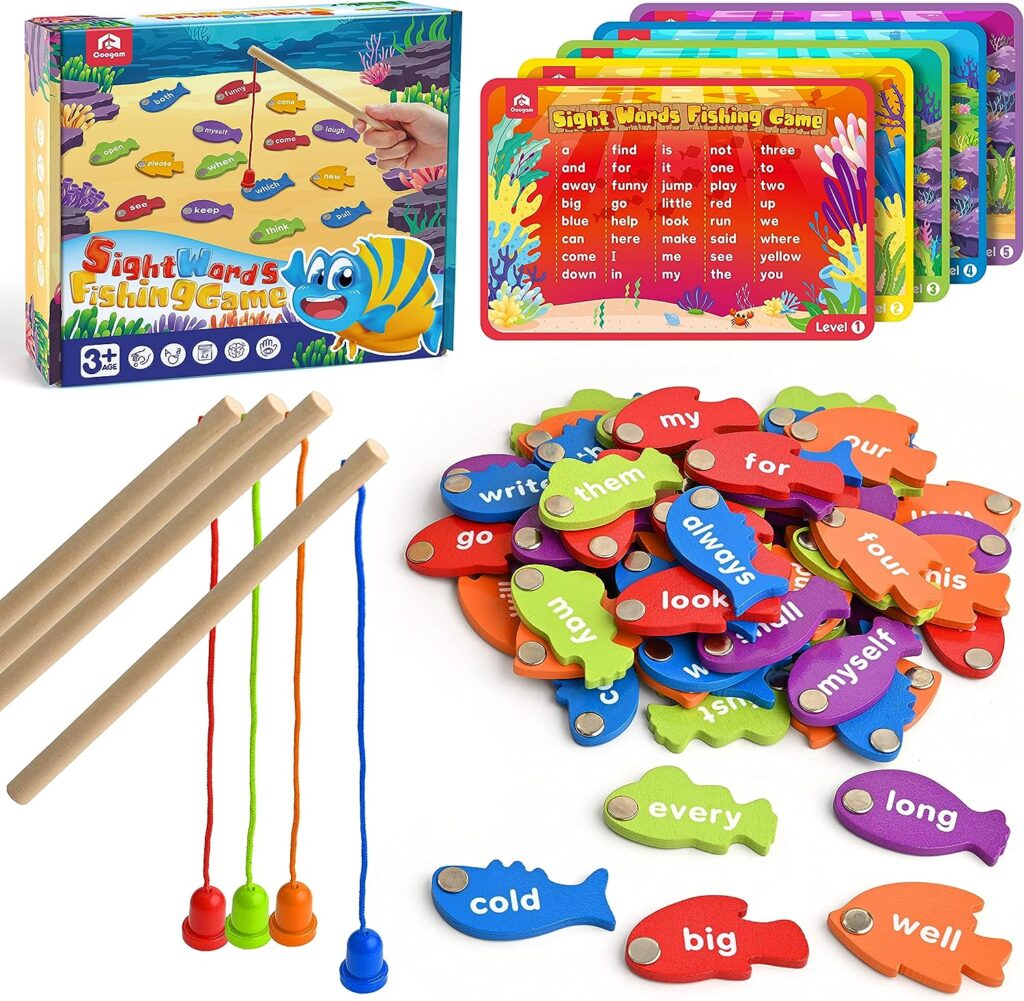
Product Details
- Brand – Coogam
- Recommended For Age – 3 yrs +
- The Kit Includes – around 230 pieces
3. I Spy Dig in Game
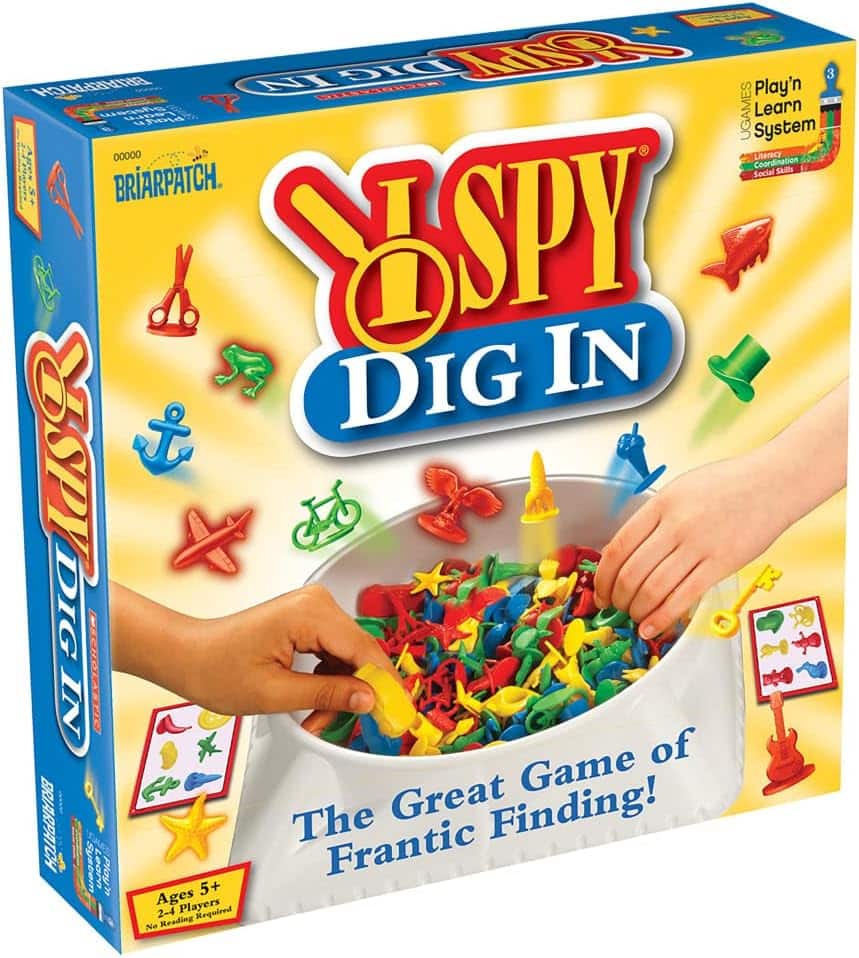
Product Details
- Brand – Briarpatch
- Recommended For Age – 5 yrs +
- The Kit Includes – 128 pieces + Bowl + 12 Dubble sided cards
4.
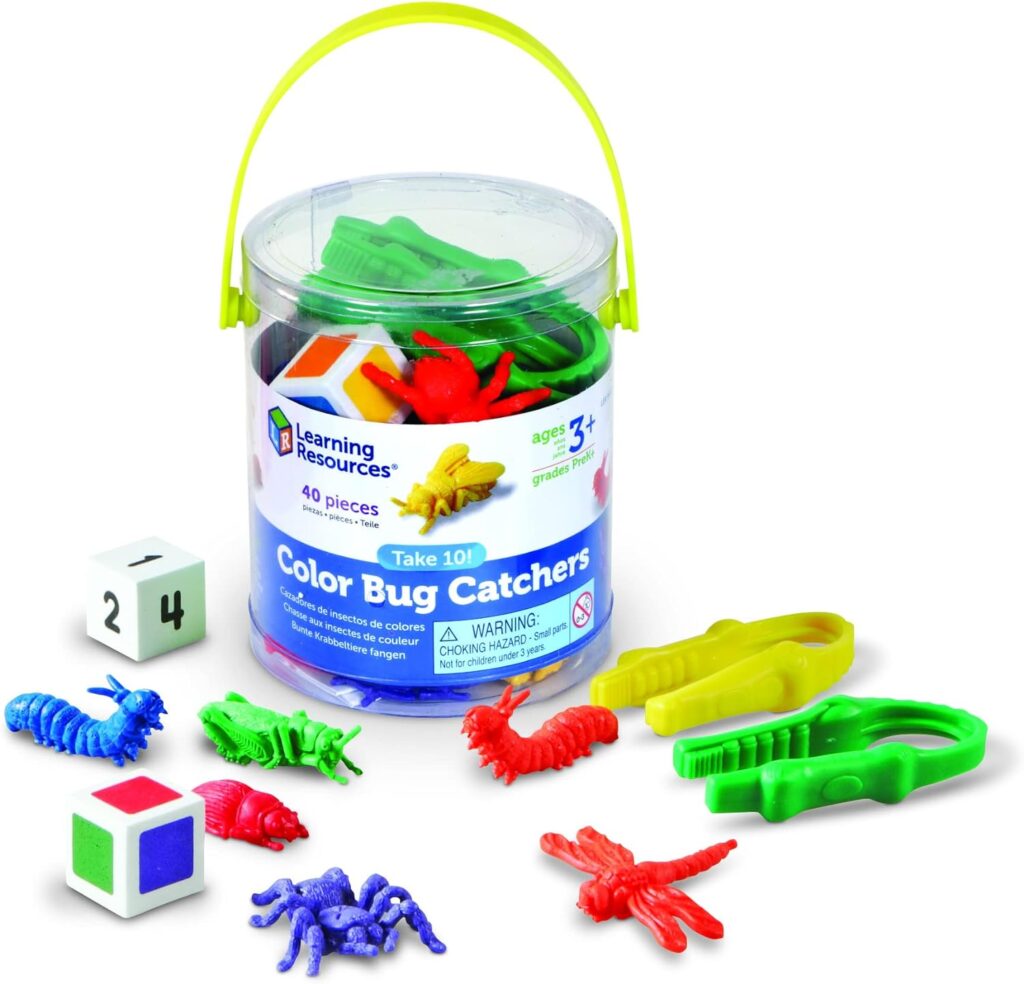
Product Details
- Brand – Learning Resources
- Recommended For Age – 3 yrs +
- The Kit Includes – 40 pieces
5. STEM Solar Robot Kit
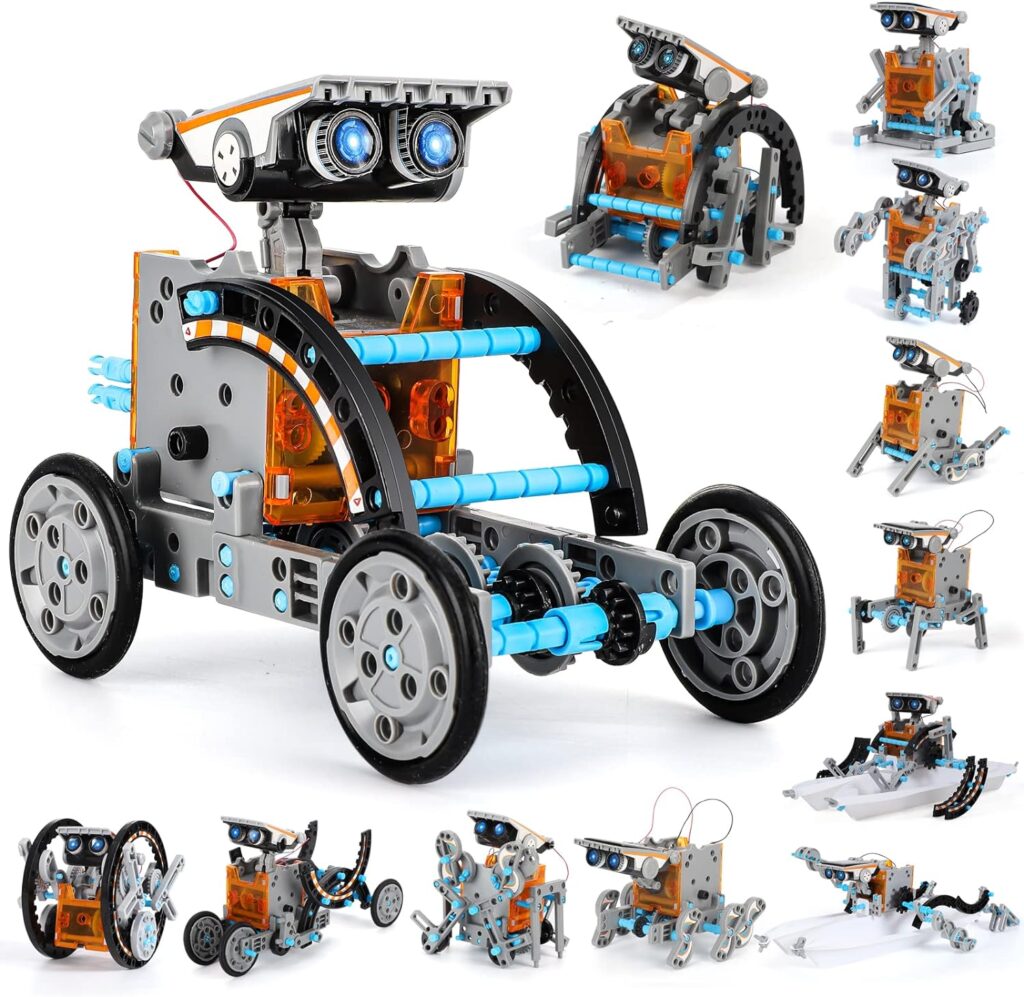
Product Details
- Brand – Lucky Doug
- Recommended For Age – 8 yrs to 12 yrs
- The Kit Includes – 190 pieces
Conclusion
For parents, sometimes it gets challenging to find out what their child is lacking. Motor skill development is one of them, and it needs proper diagnosis. Experts advise that motor skill development issues are better cured in early childhood to achieve healthy overall growth for a child.
In this article, we have elaborated on all the aspects of motor skill development, such as detailed information about motor skills and their importance for every child.
We have also stated the types and subtypes of motor skill development and explained the gross motor skill and fine motor skill concepts thoroughly. The deeper dive into the fine motor skill development aspect will indeed guide you if you are facing any issues regarding a child’s fine motor skills.
Undoubtedly, this article will be a wholesome guide to fine motor skill development.
Frequently Asked Questions
What are Fine and Gross Motor Skills?
The motor development stage is divided into two sections, i.e., gross motor skills and fine motor skills. Gross motor skills are associated with bigger muscle activities like standing, sitting, walking, jumping, etc., where children need to use their bigger body parts, legs, hands, etc. On the other hand, fine motor activities are associated with smaller muscle activities such as writing and holding something where they need to use smaller body parts like hands, fingers, wrists, etc.
Why are Fine Motor Skills Important?
For children, it is necessary to enhance their fine motor skills because their day-to-day life, academic, and overall development are dependent on it. For instance, eating, dressing up, hair combing, writing, playing outdoors, etc., and many other activities are solely based on fine motor skills. And if they are not up to the mark, the child won’t be able to survive confidently.



